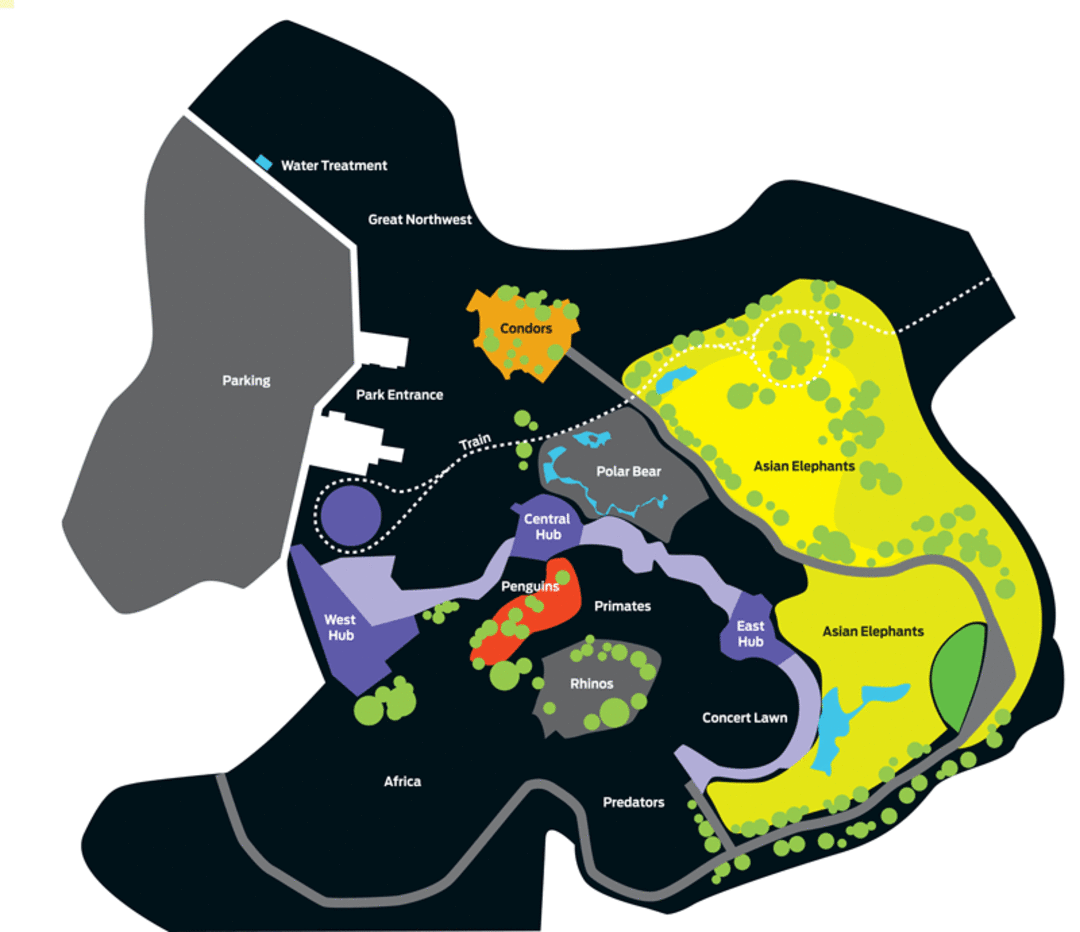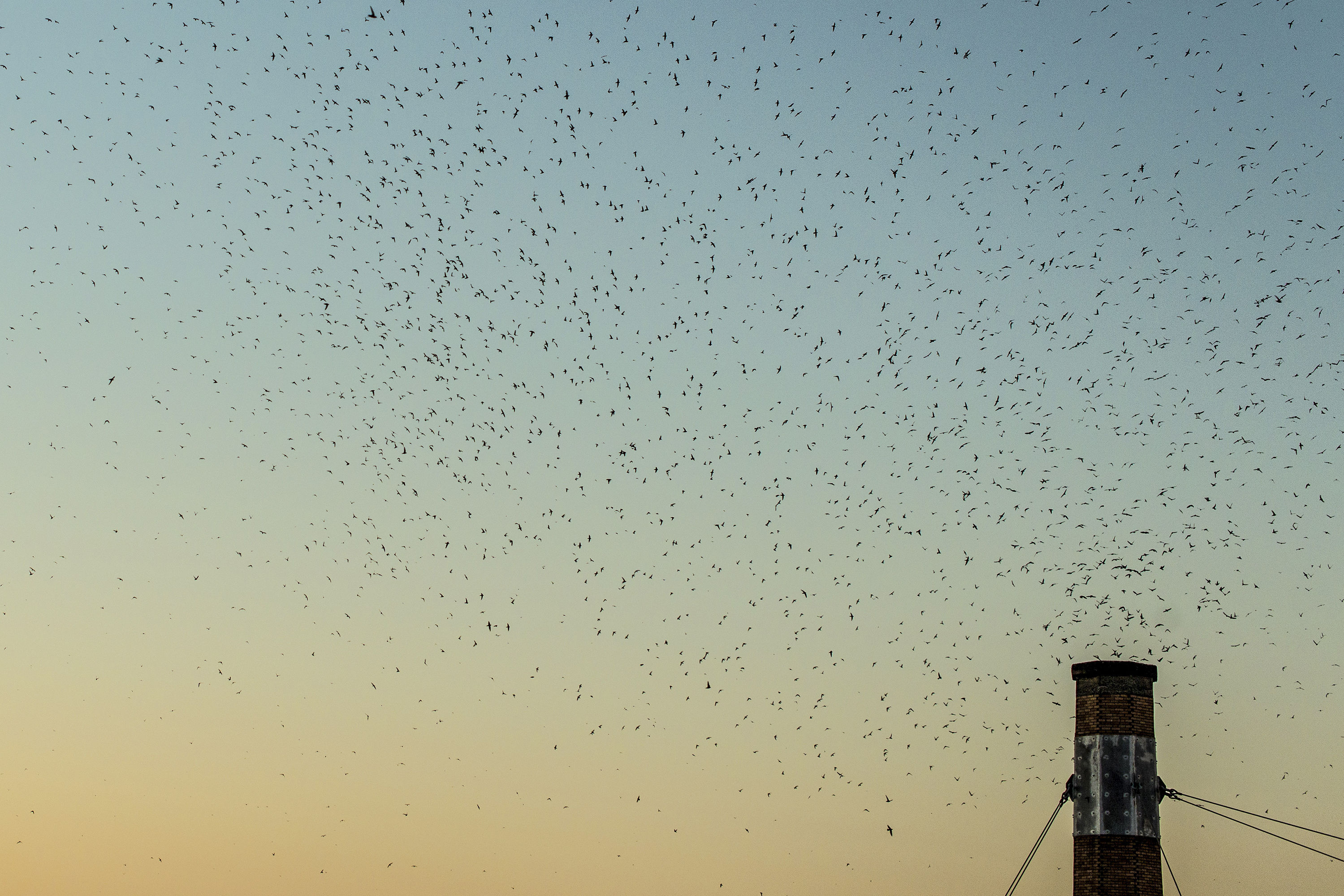The Zoo's New Animal House

Image: Courtesy Oregon Zoo
With a history that makes it the oldest zoo in the Northwest, at least a few adorable baby animals born each year, and about 1.6 million visitors annually, the Oregon Zoo isn’t hurting for reputation or numbers. But at 57 years old, the zoo needed a revamp to accommodate its roughly 110 animal species. Thanks to Portland voters, who approved a $125 million bond measure back in 2008, it’ll get one. The work won’t be finished until 2015, but here’s a peek:
DESIGN: The master plan calls for hubs at key locations along the zoo’s east-west “spine” for visitors to gather. Northwest Portland’s Place Studio designed improved animal habitats, energy- and water-saving updates, and landscape features. New buildings will be constructed to meet or exceed LEED Silver certification standards. “It’s such a constrained site,” says Mary Anne Cassin, a landscape architect at Place Studio. “We needed to have the best possible visitor experience while protecting the animals.”
WATER FLOW: Current plans aim to reduce the 84.8 million gallons of water the zoo uses annually by 60 percent (the majority of the water is currently used for exhibit pools) by 2025. A new on-site wastewater treatment facility and reclaimed water distribution system will save an estimated 30 million gallons of water annually. A water utility loop will allow energy exchange throughout the zoo, reducing the need for fossil fuels to heat and cool buildings.
CONDORS: A three-stories-tall mesh “Condors of the Columbia” aviary, which will expand from 4,900 square feet to 10,000 square feet after renovations, opens in 2014. The exhibit will showcase the zoo’s breeding and reintroduction efforts as the California condor, the largest flying bird in North America, teeters on the brink of extinction.
PENGUINS: The new “Penguinarium” water filtration system, in place since 2011, uses 80 percent less water than the previous system, conserving about 7 million gallons a year. The Humboldt penguins housed in the exhibit are among the most endangered of the world’s 17 species of penguin; to help manage the population, the zoo participates in a Species Survival Plan managed by the Brookfield Zoo in Chicago and the Milwaukee County Zoo in Wisconsin.
ELEPHANTS: A new 6.25-acre “Elephant Lands” habitat is slated for 2015, to replace Rose-Tu’s gloomy 1.5-acre stomping ground. Two primary outdoor spaces, the North Meadow Habitat and the South Meander Habitat, will be linked by naturalistic, communal indoor spaces designed to provide shelter and promote socialization. The landscape incorporates grassy pasture areas, splash pools and swim channels, dust bowls and mud wallows, and shady areas for elephant relaxation time.




